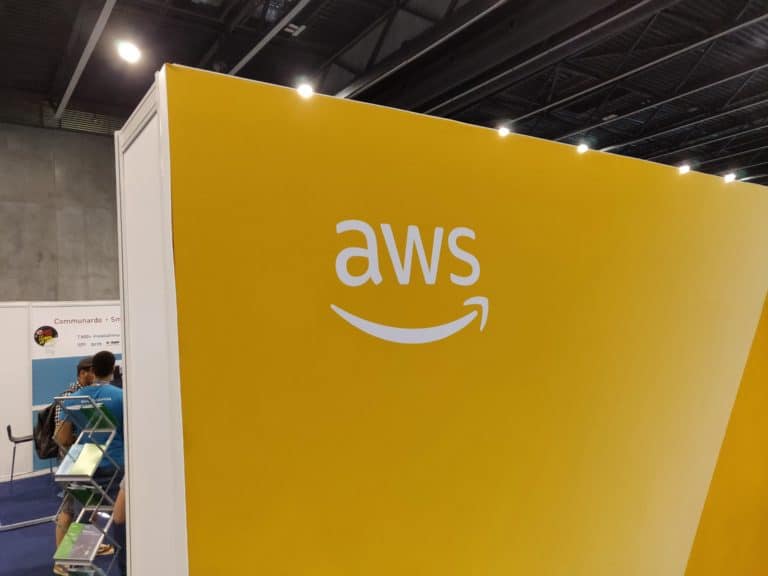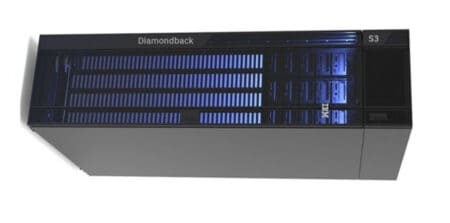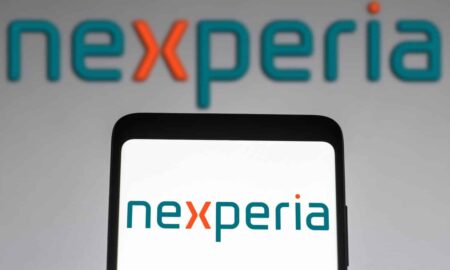Amazon Web services (AWS) has made Amazon S3 Glacier Deep Archive widely available. This is a new class of storage that provides secure, durable object storage for the long-term storage of data that is hardly used.
The storage class costs only $0.00099 per GB per month, making S3 Glacier Deep Archive the cheapest storage in the cloud, CRN knows. These costs are also significantly lower than when data is stored or maintained on-premise.
“We have customers who have exabytes of storage on tape, who are now committed to maintaining a tape infrastructure for those rare moments when the data needs to be retrieved,” explains Mai-Lan Tomsen Bukovec, vice president of Amazon S3 at AWS. “That’s hard to do and that data isn’t as close to the rest of their data as they want it to be if they want to perform analytics and machine learning on it.”
S3 Glacier Deep Archive has to change that. “S3 Glacier Deep Archive costs only a dollar per TB per month, and opens hardly used storage for analysis when the company needs it, without having to deal with the infrastructure or logistics of tapes.
Commvault and Veritas
Currently, Commvault and Veritas are already users of the new system. “S3 Glacier Deep Archive now allows us to provide the cheapest storage in the cloud, and make it accessible in the future – if needed,” said Karen Falcone, vice president of Worldwide Cloud and Service Providers at Commvault. For Commvault customers in regulated industries, this can mean petabytes of data that are years old.
With S3 Glacier Deep Archive, Veritas can help its customers save more money, says Cameron Bahar, SVP & CTO at the company. Veritas customers can immediately use S3 Glacier Deep Archive Standard-tier in combination with the latest version of NetBackup.
This news article was automatically translated from Dutch to give Techzine.eu a head start. All news articles after September 1, 2019 are written in native English and NOT translated. All our background stories are written in native English as well. For more information read our launch article.

















